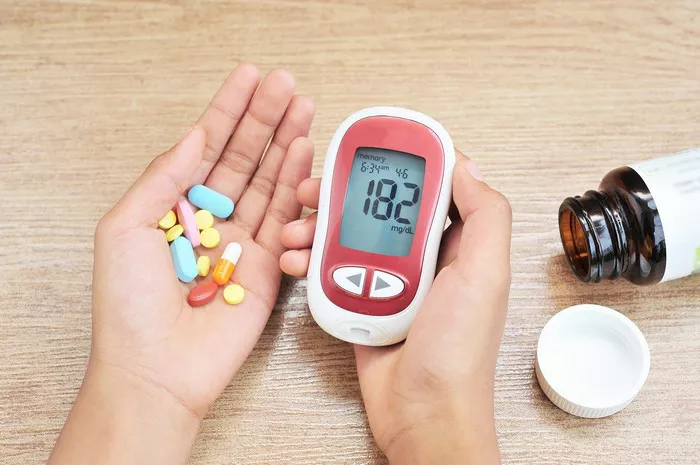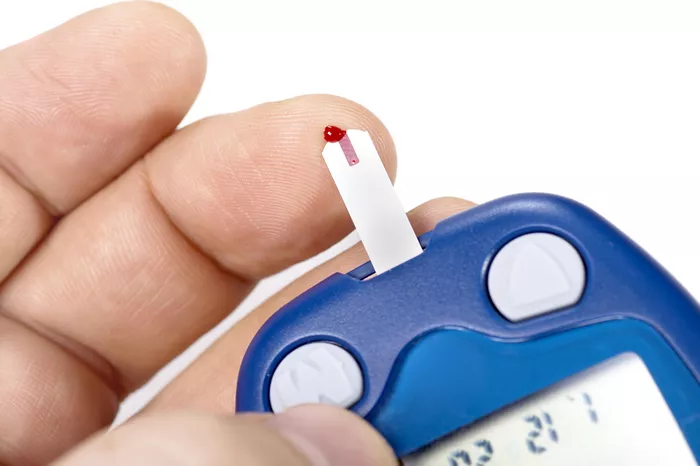Managing diabetes involves a comprehensive approach to ensure blood glucose levels remain within a target range. One of the most crucial markers used to evaluate long-term glucose control is the Hemoglobin A1c (HbA1c or simply A1c) test. This article delves into what your A1c should be as a diabetic, the significance of maintaining target levels, and strategies to achieve optimal glycemic control.
What is Hemoglobin A1c?
Hemoglobin A1c is a blood test that measures the average blood glucose levels over the past two to three months. Hemoglobin is a protein in red blood cells that carries oxygen throughout the body. Glucose naturally binds to hemoglobin, and the A1c test quantifies this attachment, reflecting how much sugar has been in the bloodstream over time. The result is presented as a percentage, with higher percentages indicating higher average blood glucose levels.
Target A1c Levels for Diabetics
The American Diabetes Association (ADA) and other health organizations provide guidelines for target A1c levels, which can vary depending on several factors including age, duration of diabetes, presence of comorbid conditions, and individual patient circumstances.
General Targets
For most non-pregnant adults with diabetes, the ADA recommends an A1c target of less than 7%. Achieving this target is associated with a reduced risk of diabetes-related complications, such as retinopathy, nephropathy, and neuropathy. However, more stringent targets (such as <6.5%) might be appropriate for certain individuals if it can be achieved without significant hypoglycemia or other adverse effects.
Individualized Targets
While <7% is a common target, A1c goals should be individualized based on:
- Age and Life Expectancy: Older adults or those with a limited life expectancy might have higher target levels (e.g., <8%) to avoid the risks associated with hypoglycemia.
- Duration of Diabetes: Those who have had diabetes for many years and struggle with hypoglycemia unawareness may benefit from a higher target.
- Comorbid Conditions: Patients with extensive comorbid conditions, such as cardiovascular disease or kidney failure, may also have higher targets to prevent the exacerbation of these conditions.
- Patient Preferences and Hypoglycemia Risk: Personalized targets based on the risk of hypoglycemia and the patient’s ability to manage and adhere to a strict regimen are also critical.
The Importance of Maintaining Target A1c Levels
Maintaining an A1c within the target range is crucial for minimizing the risk of both short-term and long-term complications associated with diabetes.
Short-Term Complications
- Hyperglycemia: Persistently high blood glucose levels can lead to diabetic ketoacidosis (DKA) in type 1 diabetes and hyperosmolar hyperglycemic state (HHS) in type 2 diabetes, both of which are medical emergencies.
- Hypoglycemia: Aggressive glucose-lowering therapy can lead to hypoglycemia, which is characterized by dangerously low blood glucose levels. Severe hypoglycemia can cause confusion, loss of consciousness, seizures, and, in extreme cases, death.
Long-Term Complications
- Microvascular Complications: These include damage to small blood vessels, leading to diabetic retinopathy (eye damage), nephropathy (kidney damage), and neuropathy (nerve damage). Maintaining target A1c levels helps prevent or slow the progression of these complications.
- Macrovascular Complications: Diabetes increases the risk of cardiovascular diseases, including coronary artery disease, stroke, and peripheral artery disease. Good glycemic control reduces the risk of these conditions.
Achieving and Maintaining Target A1c Levels
Achieving target A1c levels requires a multifaceted approach, including lifestyle modifications, pharmacotherapy, and regular monitoring.
Lifestyle Modifications
- Diet: A balanced diet is foundational in diabetes management. Focus on whole grains, lean proteins, healthy fats, and plenty of vegetables. Limit intake of refined sugars and processed foods.
- Exercise: Regular physical activity helps improve insulin sensitivity and glycemic control. Aim for at least 150 minutes of moderate-intensity exercise per week, such as brisk walking or cycling.
- Weight Management: For those who are overweight, even modest weight loss (5-10% of body weight) can significantly improve blood glucose control.
- Stress Management: Chronic stress can negatively impact blood glucose levels. Techniques such as mindfulness, meditation, and deep breathing exercises can help manage stress.
Pharmacotherapy
- Insulin Therapy: Essential for type 1 diabetes and sometimes required for type 2 diabetes, insulin helps regulate blood glucose levels. The regimen must be carefully tailored to the individual’s needs.
- Oral Hypoglycemics: Medications like metformin, sulfonylureas, and SGLT2 inhibitors are commonly used in type 2 diabetes to improve blood glucose control.
- GLP-1 Receptor Agonists and DPP-4 Inhibitors: These newer classes of medications help improve glycemic control and offer additional benefits such as weight loss and cardiovascular protection.
- Regular Monitoring: Frequent blood glucose monitoring and continuous glucose monitoring (CGM) systems provide valuable data that can help adjust treatment plans effectively.
Monitoring and Adjusting Treatment Plans
Regular monitoring of blood glucose levels and A1c is crucial for adjusting treatment plans. Typically, the A1c test is performed every three to six months, depending on the stability of the patient’s blood glucose levels and treatment plan.
- Self-Monitoring of Blood Glucose (SMBG): Daily blood glucose checks provide immediate feedback and help in day-to-day decision-making regarding diet, exercise, and medication.
- Continuous Glucose Monitoring (CGM): CGM systems provide real-time glucose readings, trends, and patterns, which can be particularly useful for individuals with type 1 diabetes or those who experience frequent hypoglycemia.
The Role of Education and Support
Patient education and support are integral to effective diabetes management. Understanding the disease, the impact of lifestyle choices, and the importance of medication adherence empowers patients to take control of their health.
- Diabetes Self-Management Education (DSME): Structured education programs teach patients essential skills for managing diabetes, such as carbohydrate counting, insulin administration, and coping strategies.
- Support Groups and Counseling: Emotional support from peers, counselors, or diabetes educators can help patients navigate the challenges of living with diabetes.
Technological Advancements in Diabetes Management
Technological advancements have revolutionized diabetes management, making it easier to achieve and maintain target A1c levels.
- Insulin Pumps: These devices provide continuous insulin delivery, mimicking the body’s normal insulin release and allowing for more precise control of blood glucose levels.
- Smart Insulin Pens: These pens can track dosing and timing, providing reminders and data that can be shared with healthcare providers.
- Artificial Pancreas Systems: These systems combine CGM with insulin pumps to automatically adjust insulin delivery based on real-time glucose readings.
Barriers to Achieving Target A1c Levels
Despite advances in diabetes management, several barriers can impede the achievement of target A1c levels.
- Healthcare Access: Limited access to healthcare resources, medications, and monitoring devices can hinder effective diabetes management.
- Cost: The high cost of medications, insulin, and diabetes supplies can be a significant burden for many patients.
- Adherence Issues: Non-adherence to medication regimens, dietary plans, and exercise routines is a common challenge. This can be due to forgetfulness, misunderstanding instructions, or intentional non-compliance.
- Psychosocial Factors: Mental health issues such as depression and anxiety can adversely affect diabetes self-care behaviors.
Conclusion
Understanding what your A1c should be as a diabetic is a fundamental aspect of managing the disease effectively. While the general target for most adults with diabetes is an A1c of less than 7%, individualized goals are essential to account for personal circumstances and minimize the risk of complications. Achieving and maintaining target A1c levels requires a comprehensive approach involving lifestyle modifications, appropriate use of pharmacotherapy, regular monitoring, and education.
Technological advancements and support systems play a crucial role in facilitating effective diabetes management. However, addressing barriers such as healthcare access and cost is vital to ensure all individuals with diabetes can achieve optimal glycemic control and enjoy a better quality of life. Regular consultation with healthcare providers to adjust treatment plans and continuous education on diabetes self-management are essential components in the journey towards better health outcomes for those living with diabetes.
Related topics:
What is the best way to treat low blood sugar?

























